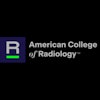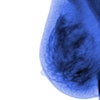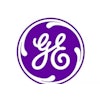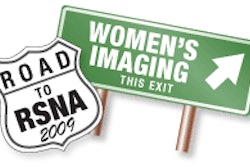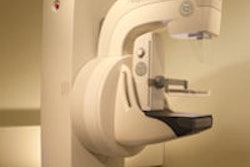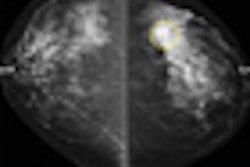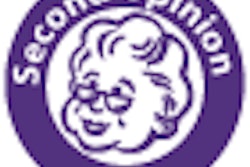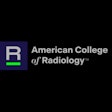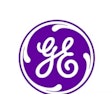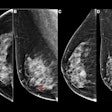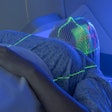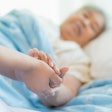Sunday, November 29 | 12:30 p.m.-1:30 p.m. | LL-BR4058-B03 | Lakeside Learning Center
Ultrasound elastography is a promising technique for a number of applications, one of which could be reducing the number of unnecessary breast biopsies by enabling clinicians to characterize suspicious tissue. However, Korean researchers on Sunday will discuss how they found that elastography fell short for this application.Bilateral whole-breast ultrasound is widely used in Asia, according to Dr. Jin Hwa Lee from Dong-A University in Busan, South Korea. Although effective, clinicians frequently are concerned over unnecessary biopsies that occur for false-positive results, Lee said.
Elastography's ability to display the stiffness properties of different types of tissue could be used to characterize suspicious lesions, as previous research has showed that benign and malignant lesions have different levels of stiffness.
The group examined 284 women with 342 sonographically visible breast lesions who were scheduled for biopsy between December 2007 and December 2008. They used a commercially available ultrasound scanner (Sonoline Antares, Siemens Healthcare, Erlangen, Germany) and compared the performance of elastography in characterizing lesions to that of conventional B-mode ultrasound.
The researchers found that elastography showed a big improvement in specificity, recording specificity of 83.3% compared to 28.4% for B-mode ultrasound. But the technique's sensitivity was far lower, at 77.4%, compared to 98.8% sensitivity for B-mode. Elastography also had better positive predictive value than B-mode, but worse negative predictive value.
The researchers concluded that while elastography showed impressive gains in specificity and positive predictive value, these advantages may not outweigh the likelihood of missed cancer as reflected by the lower sensitivity.
